Fabrizia Ratto

I am an ecologist with specific interest for insect ecology and insect-mediated ecosystem services including pollination and biological control of pests. My work focuses on the protection and enhancement of beneficial insects within agricultural systems, to support more sustainable agriculture and long-term food security in the face of global challenges such as climate change, biodiversity loss and an increasing human population. More broadly, I am interested in insect conservation and all the benefits that we receive from pollinators beyond food production including medicinal plants and cultural services.
Projects
Global dependence of medicinal plants on animal pollination
It is estimated that a large proportion of the world’s population is relying on herbal medicine for at least some part of their primary healthcare, and the use of medicinal plants is growing rapidly in both lower and higher income countries. Approximately 96% of recorded medicinal plants are flowering plants, hence about 84% of medicinal plants species conceivably rely to some degree on animal pollination for reproduction.The global loss of pollinators could be driving a simultaneous loss of medicinal plants, impacting more severely regions that are experiencing greater natural systems degradations. Despite pollinators potential pivotal role in the reproductive success of medicinal plants, very little is known about the pollinators of medicinal plants and there is no comprehensive knowledge of how heavily medicinal plants depend on their pollinators for their long-term survival.
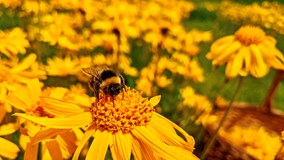
To address this knowledge gap, I am leading a global systematic review and meta-analysis on the contribution of animal pollination to the reproductive success of medicinal plants, with colleagues at RHUL, Kew Gardens and Binghamton University, New York. The results of this study will highlight the importance of pollinators on securing the long-term survival of medicinal plants and the potential threat of pollinators decline on their long-term survival and the supply of medicinal plants to future generations.
Reintroducing the Black-veined White to South Devon
The black-veined-White is an iconic, stunning butterfly which was once found across souther England and South Wales but became extinct in the 1920s. Currently, this species range margins are changing, possibly as a responses to climate change and/or habitat change. Bioclimatic models revealed that the projected drying climate in south-eastern Britain is expected to provide condition that are highly suitable for this butterfly, at least until 2050. Therefore, this appears to be a suitable time to attempt a reintroduction of this species in Southern England. However, conservation strategies including re-introductions at local, regional and national levels, can be particularly effective only if species resource requirements are known and can be maintained within landscapes.
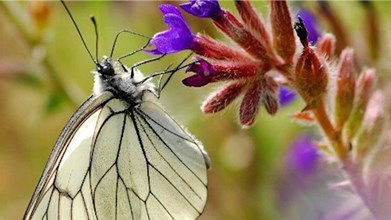
Building on previous research on the habitat requirements of the Black-veined White in its current range we aim to compare habitat and climatic conditions associated with butterfly populations in Normandy and selected habitat in England, to inform a proposed reintroduction project in southwest England. This project is led by Ambios Ltd, a Devon-based not-for-profit Nature Conservation Training organisation, who manage the potential reintroduction sites.
The Black-veined White reintroduction in the UK would provide an exemplar flagship species to promote conservation actions, rewilding and agri-enviromental schemes in parts of the UK.
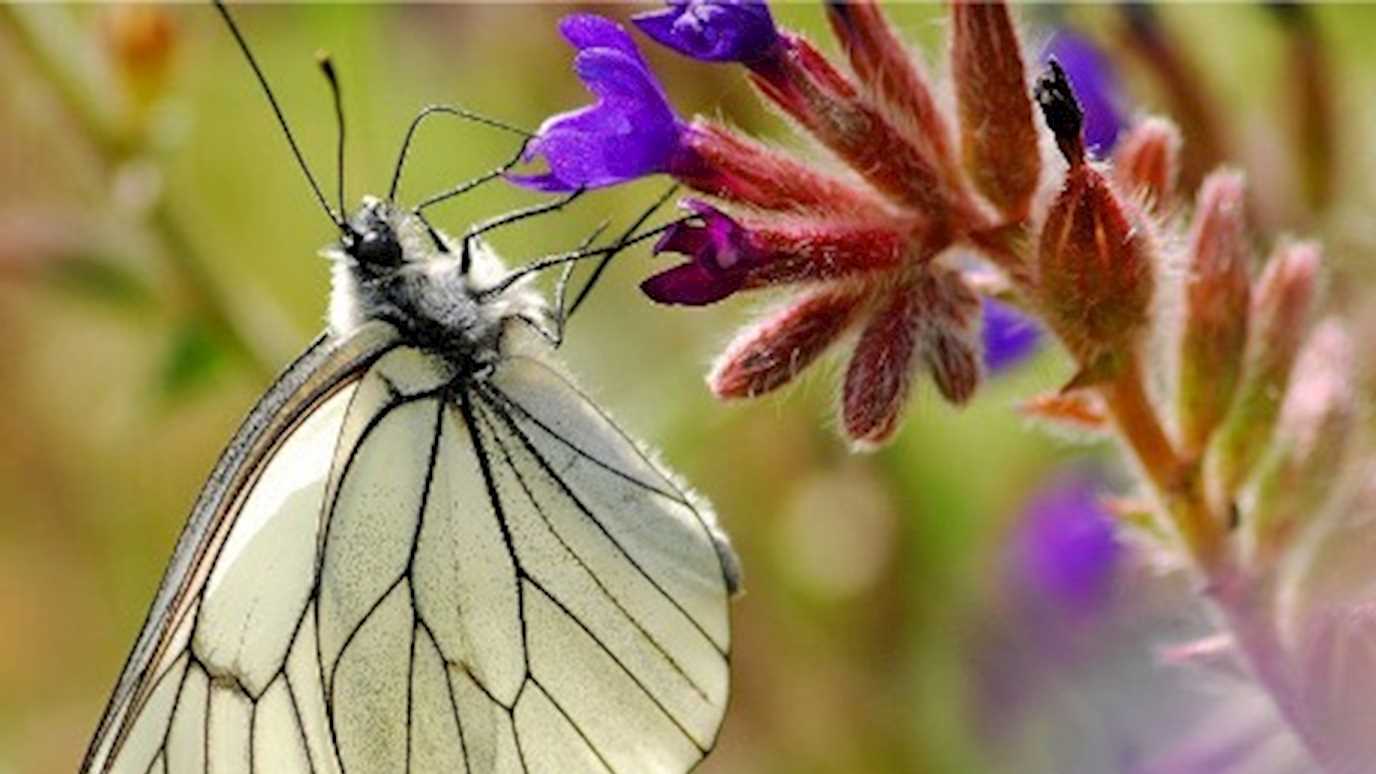
MSc projects
Modelled distributions resulting from this study can serve as a useful tool in strategizing localised rust releases in the UK for the biocontrol of Himalayan balsam.
Scaling-up biocontrol innovations in Africa (completed)
Before joining Royal Holloway, I collaborated in a GCRF funded project led by the University of Leeds. This international project brought together academics and researches from Keele University, Lancaster University, ICIPE, FANRAPAN and the Nelson Mandela African Institute to develop sustainable pathways for upscaling biocontrol interventions in sub-Saharan Africa and embed them in national agricultural policies. The main objectives of the project were to:
-Identify how biocontrol interventions have been successfully adopted and understand the bottlenecks to further adoption.
-Identify barriers to access of key inputs required, such as seeds and biocontrol agents, and initiate commercialisation opportunities
-Explore how farmer-farmer networking can be facilitated using a prototype mobile phone-based information sharing system in the context of country-dependent farmer-led communication pathways.
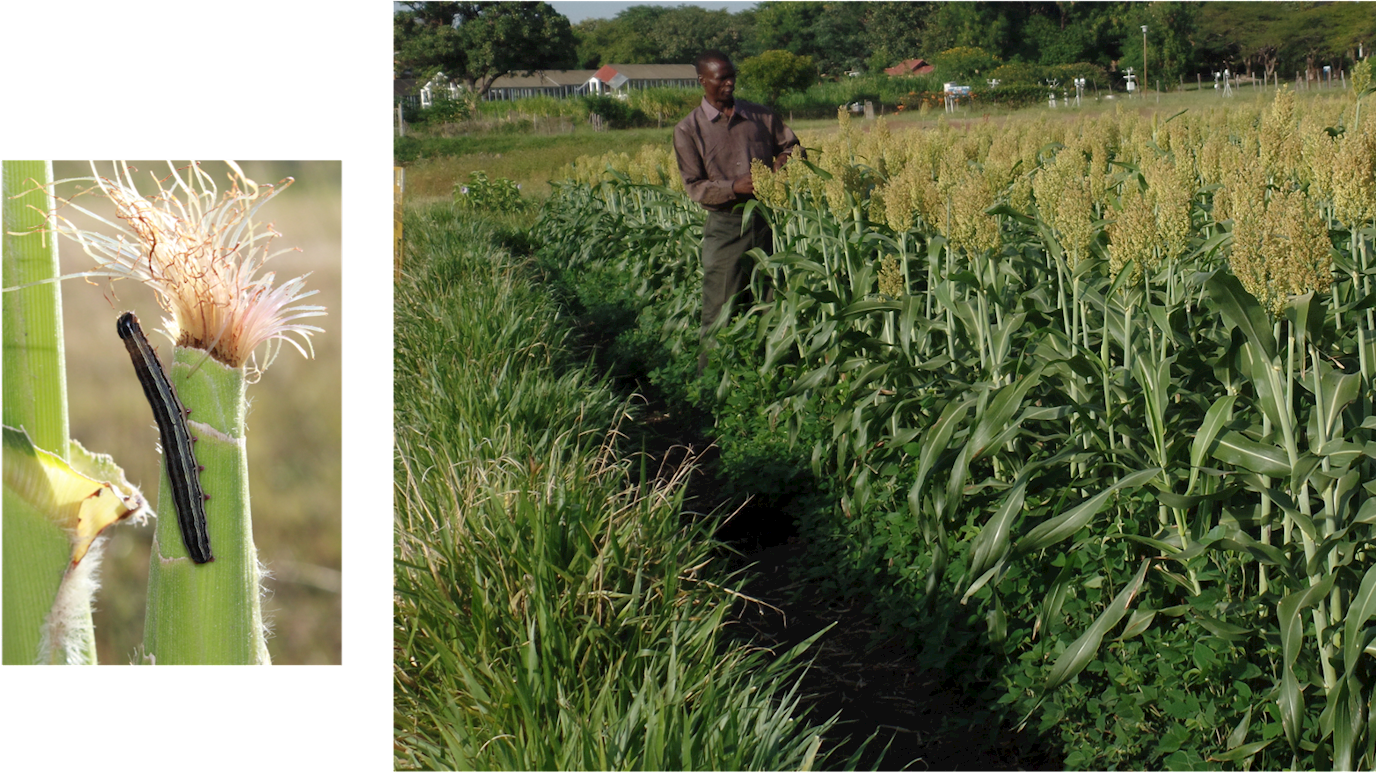 To achieve this we carried out a synthetic map and meta-analysis of the adoption and effectiveness of biocontrol practices in sub-saharan Africa.
To achieve this we carried out a synthetic map and meta-analysis of the adoption and effectiveness of biocontrol practices in sub-saharan Africa.
The systematic map revealed that cereals, particularly maize, were the most studied crop (59%).Research on botanical pesticides constituted 32% of the studies, followed by augmentation/introduction biocontrol (29%), and push-pull (21%). Studies evaluating the technical performance of biocontrol interventions dominated (73%), with a regional clustering of push-pull studies in Kenya. We found an absence of interdisciplinary studies that addressed the wider indirect benefits of not using chemical pesticides, the social-economic outcomes, and barriers to adoption by farmers, which we argue are necessary to identify pathways to greater adoption and to support policy advocacy of biocontrol interventions in SSA.
The meta-analysis showed that biocontrol interventions effectively reduced pest abundance and crop damage by over 50%, while increasing yield by more than 60%. The substantial yield increase that biocontrol can provide could have an enormous impact on sub-Saharan food security if these practices are scaled up to regional level. Crucially, we showed comparable performance of biocontrol and synthetic pesticides on pest abundance, crop damage and yield, and a significant reduction in the loss of natural enemies, particularly following botanical pesticides application.


REFERENCES
Ratto, F. (2022). Biological control interventions and botanical pesticides for insect pests of crops in sub-Saharan Africa: A mapping review. Frontiers in Ecology and Evolution, 6, Article 883975. https://doi.org/10.3389/fsufs.2022.883975
Ratto, F., Bruce, T., Chipabika, G., Mwamakamba, S., Mkandawire, R., Khan, Z., Mkindi, A., Pittchar, J., Sallu, S. M., Whitfield, S., Wilson, K., & Sait, S. M. (2022). Biological control interventions reduce pest abundance and crop damage while maintaining natural enemies in sub-Saharan Africa: a meta-analysis. Proceedings of the Royal Society B: Biological sciences, 289(1988). https://doi.org/10.1098/rspb.2022.1695
VOICES (completed)
Valuing Orchard and Integrated Crop Ecosystem Services
This work was part of a large international project lead by the University of Leeds, in collaboration with Stellenbosch University, SA
Introducing areas of wildflower vegetation within crop fields has been shown to enhance insect activity, pollination and pest control services to crops. Findings in Europe showed an interaction effect between floral treatments and landscape context. Natural fynbos patches in the South African Cape Floristic Region (CFR) are potential reservoirs for beneficial insects that could enhance pollinator populations and crop pollination in commercial apple orchards. However, the effect of proximity to natural habitat and floral enhancement treatments on crop pollinator, natural enemies of pests and yield are yet to be fully tested in southern temperate regions.
Pollination Services
To elucidate the impact of enhanced floral resources to apple flower visitors and crop yield, we established small experimental patches of flowers in non-productive areas of commercial apple (Malus domestica) orchards in the CFR. Experimental orchards were embedded in landscapes with varying proportions of natural habitat within 1 km. We used pollinator exclusion experiments to determine the benefits of insect pollination on apple yield, quality and economic value.
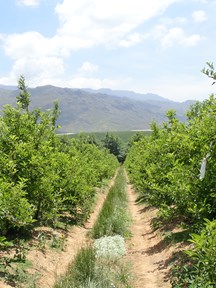
We found that the primary pollinators of apple flowers in the region is the endemic Cape honey bee, Apis mellifera capensis. Floral plantings enhanced overall pollinator abundance and honey bee flower visitation within the orchards, and positively affected apple size and economic value. Increased landscape complexity had a significantly positive effect on wild bees but not on honey bees.
We demonstrate that presence of floral plantings within orchards enhance pollinator activity within apple orchards and apple quality. This sustainable management practice may represent a profitable choice for growers, which could increase pollination services while reducing reliance on renting hives. These practices can indirectly contribute to increased landscape-scale resilience and connectivity, while also benefiting pollinators within the remaining natural habitat.
Ratto, F., Steward, P., Sait, S. M., Pryke, J. S., Gaigher, R., Samways, M. J., & Kunin, W. (2021). Proximity to natural habitat and flower plantings increases insect populations and pollination services in South African apple orchards. Journal of Applied Ecology, August 2020, 1–12. https://doi.org/10.1111/1365-2664.13984
Natural enemies of pests




















